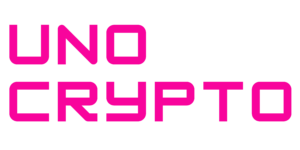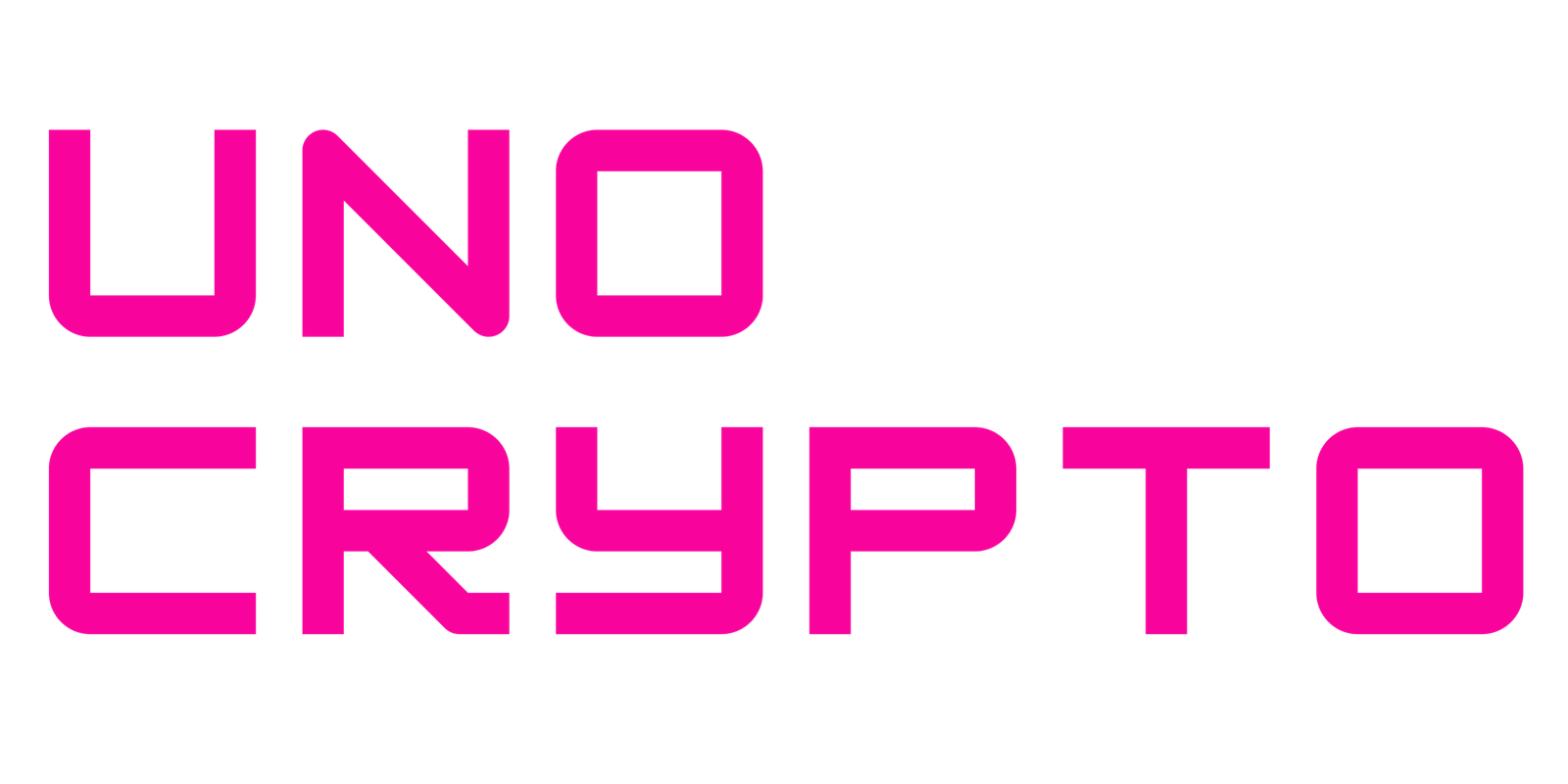Ripple and the Boston Consulting Group (BCG) have unveiled a groundbreaking report forecasting that the market for tokenized assets, including stablecoins, will reach an astounding $18.9 trillion by 2033.
The development represents a compound annual growth rate (CAGR) of 53%, highlighting the rapid expansion of blockchain and cryptocurrency technologies in the global financial landscape.

Tokenized assets refer to real-world assets such as real estate, bonds, and commodities that are digitized and represented on a blockchain.
The forecast suggests that the tokenization of assets will be a key driver of innovation, potentially transforming how financial markets operate and leading to an increased mainstream adoption of blockchain technologies in the next decade.
Tokenization Benefits and Key Market Areas for Growth
The report emphasizes the numerous advantages of tokenization, particularly its potential to significantly reduce costs in several financial sectors.
For example, the tokenization of bond issuance, real estate funds, and mortgage management could streamline processes, improve transparency, and lower transaction fees.
The study also highlights sectors that are poised to benefit from tokenization, including money markets, private credit, and carbon emissions trading.
By digitizing these assets, financial institutions and businesses could unlock new efficiencies, reduce operational costs, and enhance accessibility for investors, fostering greater financial inclusion.
The widespread adoption of tokenization is set to redefine the way these markets are structured and traded.
Also Read: Mercado Bitcoin and Polygon Labs Set to Debut $200M in Tokenized Assets Across Latin America
Current Market Players Demonstrating Tokenization’s Potential
The Ripple-BCG report also points to notable players already pushing the boundaries of tokenization in the market.
JPMorgan Chase, for example, has made significant strides with its Kinexys platform, which has successfully tokenized transactions exceeding $1.5 trillion.
Similarly, BlackRock’s BUIDL fund, which has assets nearing $2 billion, showcases the growing influence of tokenization in large-scale financial services.
These examples underline the increasing mainstream acceptance of tokenized assets and signal that large institutions are already positioning themselves to capitalize on the technology’s potential.
As more financial entities explore the benefits of tokenization, it is expected that the market will continue to grow rapidly, attracting new players and expanding the scope of tokenized assets.
Challenges and Barriers to Widespread Tokenization Adoption
Despite the promising forecast for tokenized assets, the report acknowledges that several significant challenges remain.
One of the main hurdles is the fragmentation of infrastructure across different platforms, which hinders seamless transactions and interoperability between blockchain networks.
Additionally, the lack of consistent regulatory oversight and the absence of universally accepted standards for smart contracts complicate the widespread adoption of tokenization.
To overcome these challenges, the report calls for greater industry coordination and collaboration to establish uniform standards, improve cross-platform compatibility, and implement consistent regulatory frameworks.
Until these issues are addressed, tokenization’s full potential may remain untapped, limiting its widespread implementation in various industries.


